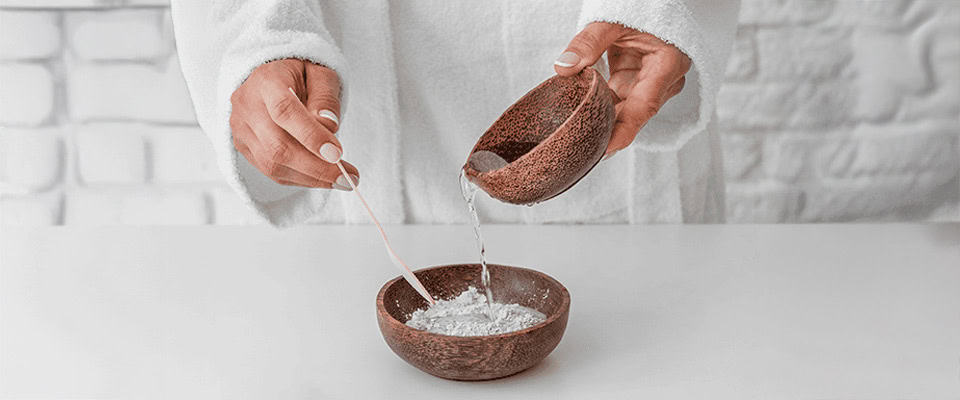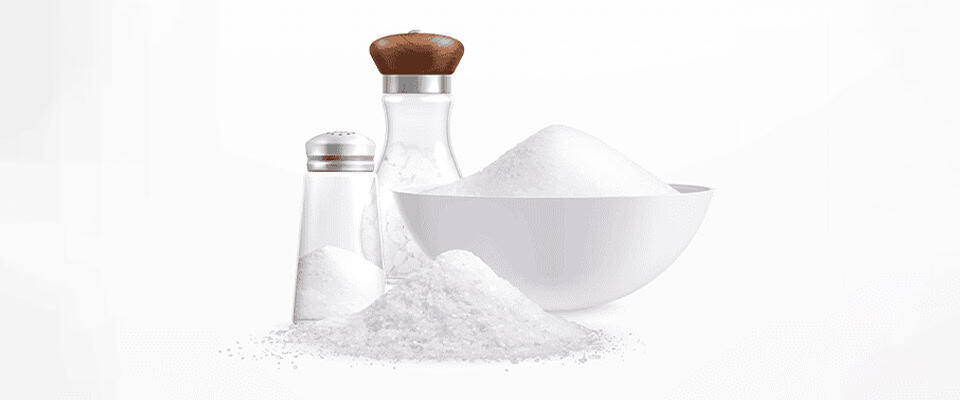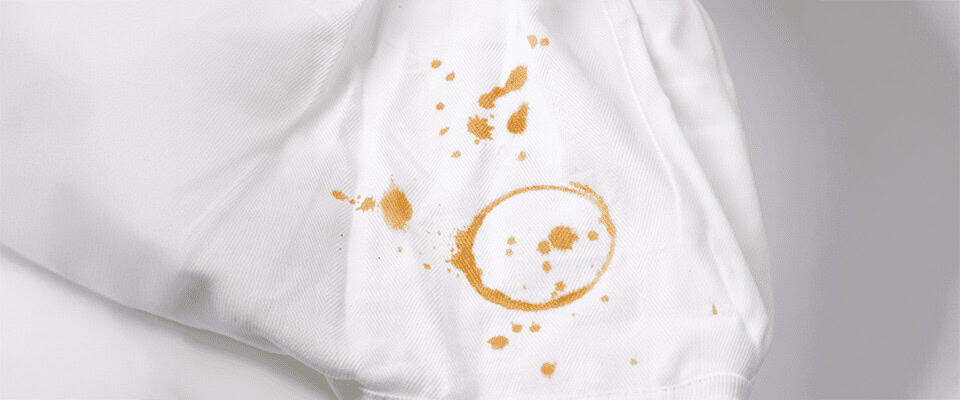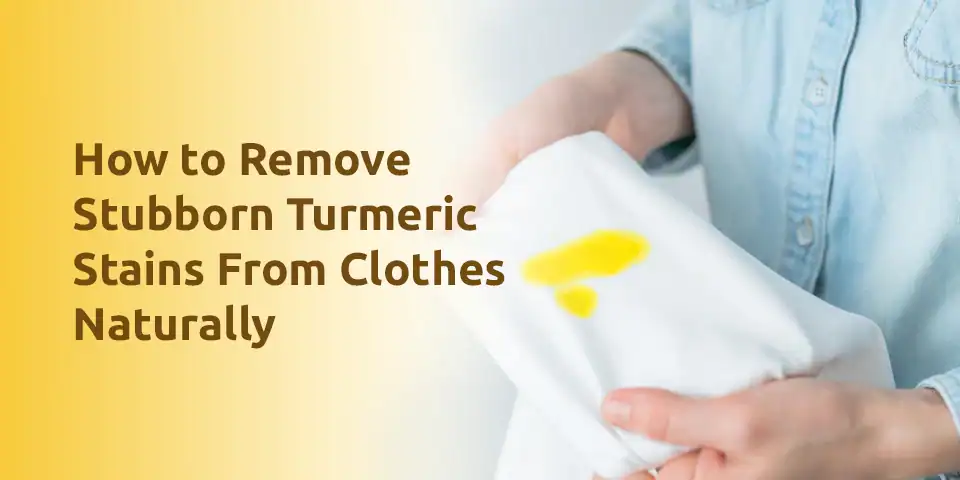Guide on How to Remove Blood Stains from Clothes

Golden Tips for Ironing Different Kinds of Fabrics
September 5, 2024
Top 10 Advantages Of Laundry Services For Salons
November 14, 2024Accidents happen! Whether you cut yourself while cooking or shaving, menstrual blood or there might be blood on your clothes due to some accident. It is messy, gross and stains everything. With the right techniques and a bit of know-how, you can remove blood stains from your clothes.
In this blog, we will understand how to pretreat your clothes and tips to remove the stain from your clothes.
A] Preparatory Steps Before Removing Blood Stains
Before understanding the stain removal process, there are a few important initial steps to ensure high-quality results. These prior actions will help you understand the situation and let you select the best approach for your fabric and stain type.
1. Identify The Fabric’s Nature
Before removing a blood stain, it is important to understand the fabric type. Different fabrics require unique treatment methods to shield them from damage. Cotton, linen, and rayon are common fabrics, and each reacts differently while removing stains. For instance, cotton and linen are durable and can withstand stronger treatments like hydrogen peroxide, while rayon is extra delicate and may require gentler care.
2. Assess The Age Of The Stain
Identifying the time it’s been to the stain is important to select the appropriate bloodstain remover. Removing fresh blood stains is not very complicated as it has not been properly set into the fabric. However, if the stain is set properly in the fabric, it requires strong treatments or a couple of attempts to remove it completely.
3. Pretreat The Stain
Pretreatment is an important step that must never be skipped. Start by blotting the stain gently with clean and dry clothes to remove any extra blood. Avoid rubbing, as this can spread the stain and push it deeper into the fibres. Applying cold water in a small quantity can help dilute the blood, making it easier to remove during the main cleaning process. If you have a bloodstain remover available, apply it at this stage for more ease.
4. Blot The Stain
Blotting is an important part of blood stain removal. Start blotting on the stained area using white fabric and a paper towel, and keep it aside for some time to absorb the stain. Blotting helps to prevent stain spreading, which can make the stain removal process easier. Additionally, always start blotting the stain from the outside to the centre; avoiding this can make the stain prominent.
B] Five Ways to Remove Blood Stains from Clothes
There are multiple ways to get rid of blood stains, each suitable for different fabric types and stain severity. Below are five simple techniques that can help you remove the stains from your clothes and get them back to their original condition.
1. Baking Soda Paste
Baking soda is a natural bloodstain remover that works really well on numerous fabrics. Please do not use it directly on fabric; make a paste using one part of baking soda and two parts of cold water. Apply it on the stain area and keep it for a minimum of 20-30 minutes to absorb well before rinsing it. Baking soda helps lift the blood particles out of the clothes and makes them less complicated to scrub. This method is best when used immediately on fresh stains. However, older stains might require the same application more than one time. This method is also effective in removing yellow stains from white clothes.

2.-Baking-Soda-Paste
2. Hydrogen Peroxide Treatment
Hydrogen peroxide is a powerful stain remover, mainly for fresh blood stains. It makes them simpler to remove. To use hydrogen peroxide:
- Pour a small amount at once onto the stain. You’ll notice it starts to fizz, which suggests that it’s started working.
- After keeping it for a couple of minutes, blot the place with a smooth cloth to remove the blood.
- Be careful while using hydrogen peroxide on darker fabric, as it could have a bleaching effect.
- Always test on a not-noticeable area first to keep away from any damage.
3. Salt Solution
Salt is any other household item that can be helpful in blood stain removal. Create a salt solution by dissolving two teaspoons of salt in a cup of cold water. Soak the stained area in the solution for about 10-15 minutes, allowing the salt to remove the blood from the cloth. After soaking, rinse the area with clean water and repeat the process if needed. Even if the stain is stubborn, this salt method works well to lighten older stains to make further processes easier.

3.Salt-Solution
4. Cold Water Rinse
One of the simple and practical approaches to get rid of blood stains is by rinsing the stained area with clean water. The clean water stops the blood from going deep into the material and makes it less complicated to clean out. Hold the stained place under running cold water; this lets the water float through the cloth from the back of the stain. This technique works great on fresh stains and should be the first step you can take every time when a blood stain takes place.

4.Cold-Water-Rinse
5. Enzyme Based Cleaners
Enzyme-based cleaners are made to make the stain-removal process easy. Apply the enzyme cleaner to the stain area and leave it for 15-30 minutes, depending on the severity of the stain. Enzyme cleaners break down blood proteins and make them easier to clean. Once the stain is clear, wash it as usual. This method is safe for most fabrics.
C] Additional Tips for Effective Stain Removal
- Immediate Action: When it comes to blood stains, quick action is required to prevent permanent damage. The longer the blood stays in the fabric, the more difficult it becomes to remove. As soon as you notice a blood stain, start the removal process by blotting and rinsing with clean water.
- Avoid Heat: Heat can set the blood stains completely into the cloth and make them more tough to remove. Avoid the usage of hot water, dryers, or ironing the stained place until you’re sure the stain is completely gone. Stick to clean water and air drying to save you from placing the stain.
- Testing Methods: Before applying any stain removal method to the entire stained area, it is better to test it on a small area of the material. This ensures that the treatment will not cause discolouration or damage to the fabric. If the material reacts nicely, you can continue with confidence that your chosen approach is secure.
- Preventive Measures: To prevent future blood stains, remember to use stain repellents on your fabric, especially on light-coloured fabric. Additionally, addressing any cuts or injuries right away with bandages can save you from staining your clothes. Keeping a bloodstain remover with you can also help you act quickly in case of injuries.
D] Can Professional Laundry Services Remove Blood Stains From Clothes?
Yes, professional laundry service providers can remove blood stains from garments as they have access to industrial-level stain removers and expert strategies to deal with them. They can address even the most stubborn stains that might not be easy to remove at home. If you are dealing with hard stains or sensitive fabric that requires special care, It is better to hand it to professionals to keep it safe from damage. They understand the fabric type and the suitable care for that particular stain type and apply the appropriate treatment to keep your garment in its original condition.
Conclusion
Removing blood stains from clothes can be a hectic task if you don’t know the proper methods and techniques. By understanding the clothes type and using an effective blood stain removal method, you can save your clothes from damage. Remember, the key is to take immediate action and avoid heat or letting it dry. For stubborn stains and delicate fabric, prefer professional help, as they know how to remove blood stains from clothes to ensure your wardrobe stays in top condition.



